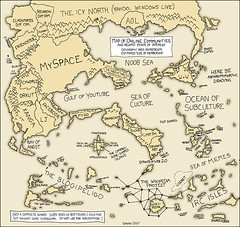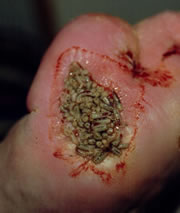Anybody still believing that biomed & biotech STS is something that only goes on in Europe and North America and that universities in South/Southeastern/Eastern Asia are shunning STS in favour of robust but mindless lab bench work?
Think again! This job announcement from The National University of Singapore just came in through my mailbox. They are seeking applicants for open-range research & teaching positions in the STS area, and they put few restrictions on the specialised field of work:
Excellent research opportunities in Singapore exist in the areas of new media & visual studies; biology and biotechnology; and cultural or anthropological studies of science, technology, and medicine, although applicants’ interests need not be restricted to these topics, themes, and geographies.
Add to this “generous compensation, allowances for overseas conference travel, access to grant funding, subsidized housing, one of the finest libraries in Asia, superior digital connectivity, and a stimulating, English-speaking intellectual environment” — and you wonder vwhy any serious-thinking STS postdoc would consider staying in Europe or North America longer than necessary. For further information, see http://www.fas.nus.edu.sg/sts/index.html.

 (
(

